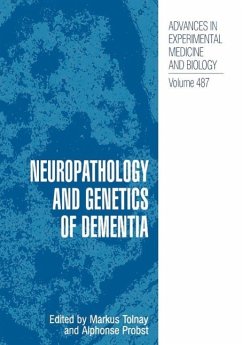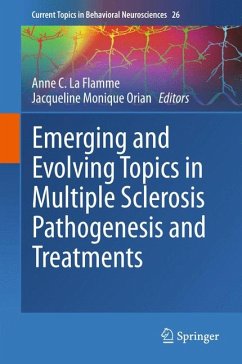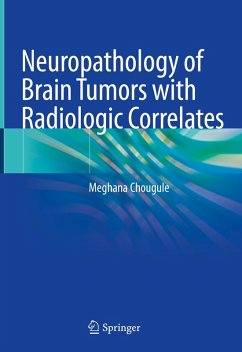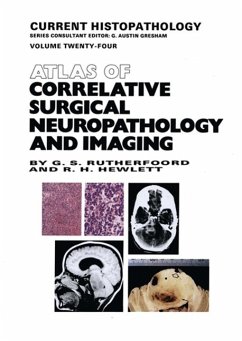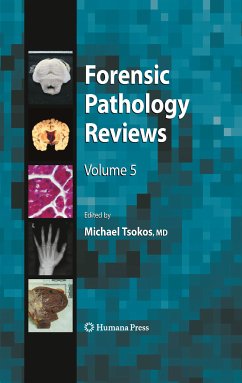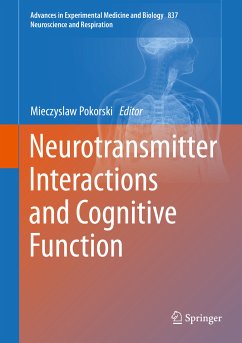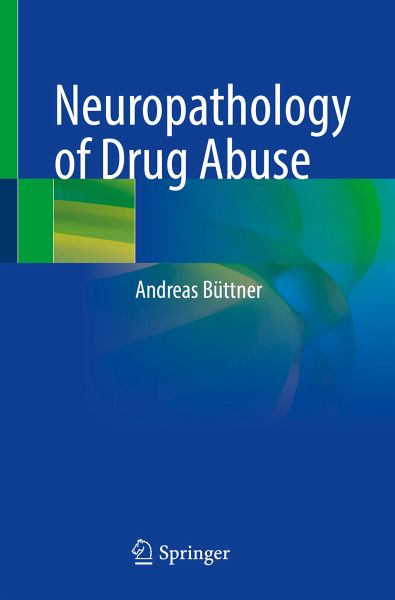
Neuropathology of Drug Abuse (eBook, PDF)
Versandkostenfrei!
Sofort per Download lieferbar
40,95 €
inkl. MwSt.
Weitere Ausgaben:

PAYBACK Punkte
20 °P sammeln!
This book provides a comprehensive overview of the current state of knowledge concerning neuropathologies resulting from drug abuse. The first chapters offer readers detailed information on the neurobiological basics of drug abuse and the results of neuroimaging studies in drug abusers. The focus of the book is on neuropathological findings in drug abusers for the predominant substances, which include cannabis, opiates, cocaine, amphetamine, methamphetamine and a broad spectrum of designer drugs. These findings are supported by histological illustrations and discussed in connection with recent...
This book provides a comprehensive overview of the current state of knowledge concerning neuropathologies resulting from drug abuse. The first chapters offer readers detailed information on the neurobiological basics of drug abuse and the results of neuroimaging studies in drug abusers. The focus of the book is on neuropathological findings in drug abusers for the predominant substances, which include cannabis, opiates, cocaine, amphetamine, methamphetamine and a broad spectrum of designer drugs. These findings are supported by histological illustrations and discussed in connection with recent scientific publications. A chapter specifically addressing clinicians is also included, and highlights the implications for further therapy. The book is essential reading for neuropathologists, neurologists, neuroradiologists and psychiatrists, as well as other health professionals and scientists interested and engaged in the problem of drug abuse.
Although a great deal of datahas been derived from animal models and from human neuroimaging studies, little is known about the morphological effects of drug abuse on the human brain. In recent years, fundamental drug-induced effects on the cellular elements of the brain have been detected. These alterations might not only be the substrate of the neuroimaging data but might also have implications for clinical research and therapy. In addition, drug abuse may induce premature neurodegeneration.
Although a great deal of datahas been derived from animal models and from human neuroimaging studies, little is known about the morphological effects of drug abuse on the human brain. In recent years, fundamental drug-induced effects on the cellular elements of the brain have been detected. These alterations might not only be the substrate of the neuroimaging data but might also have implications for clinical research and therapy. In addition, drug abuse may induce premature neurodegeneration.
Dieser Download kann aus rechtlichen Gründen nur mit Rechnungsadresse in A, B, BG, CY, CZ, D, DK, EW, E, FIN, F, GR, HR, H, IRL, I, LT, L, LR, M, NL, PL, P, R, S, SLO, SK ausgeliefert werden.




